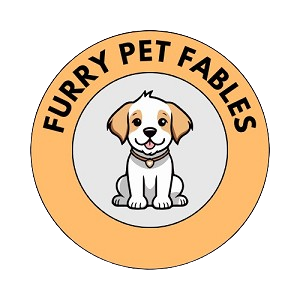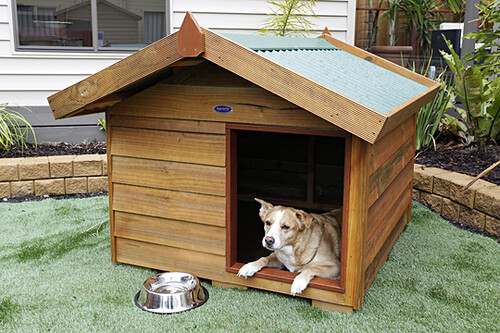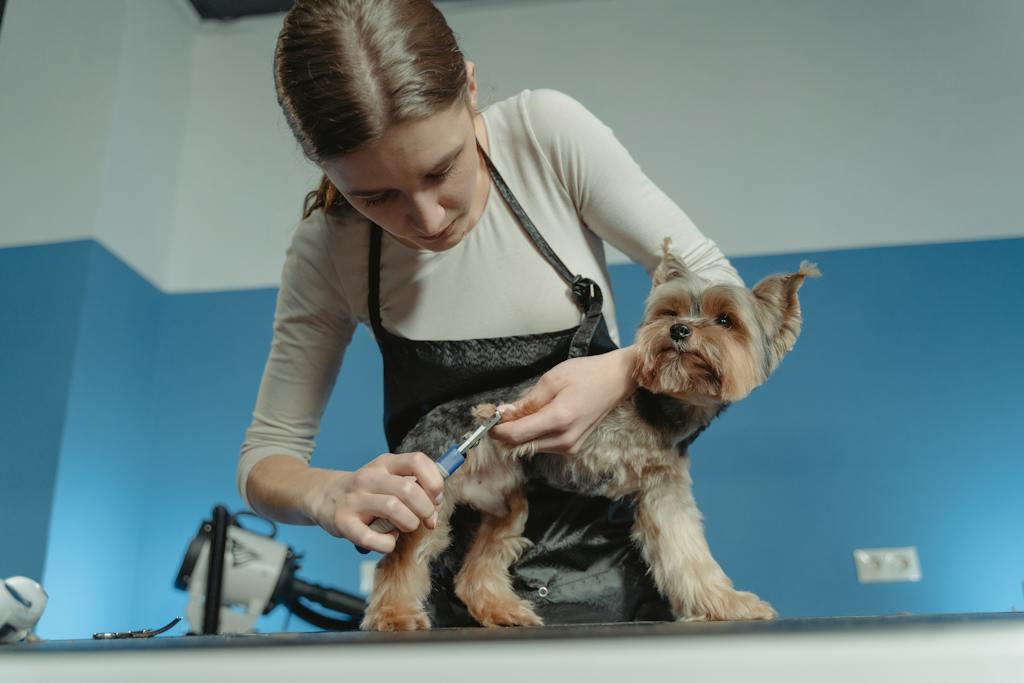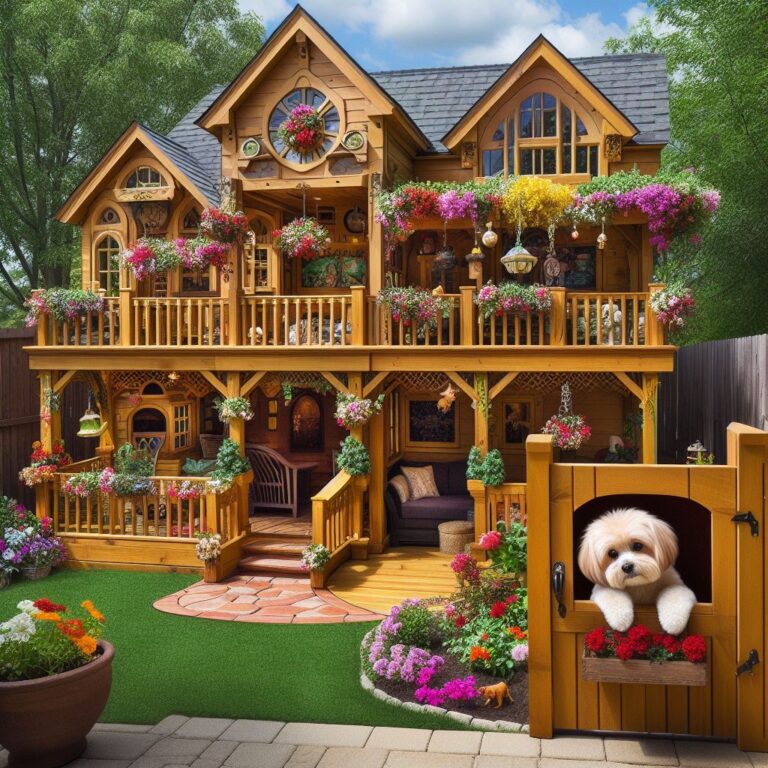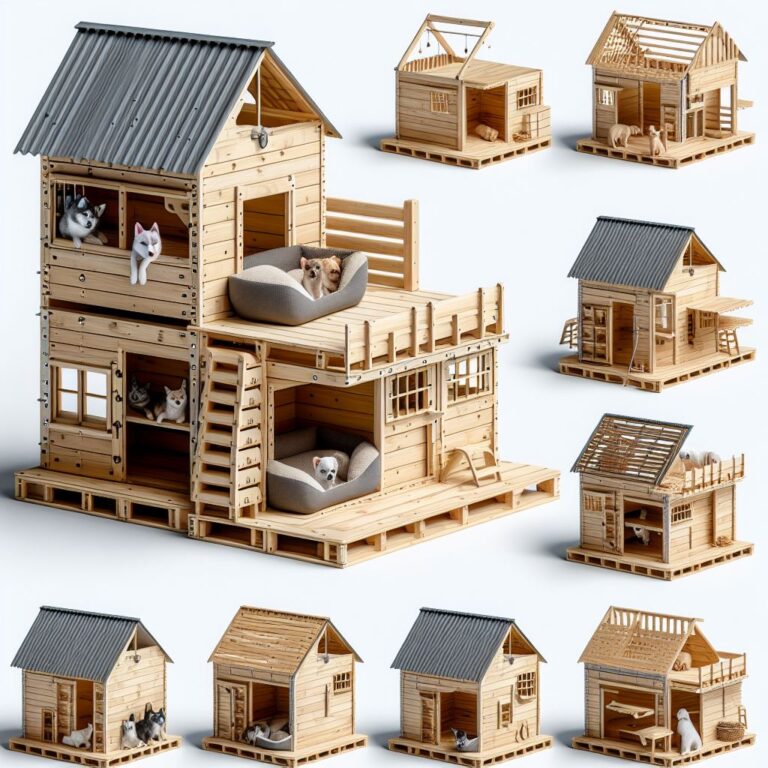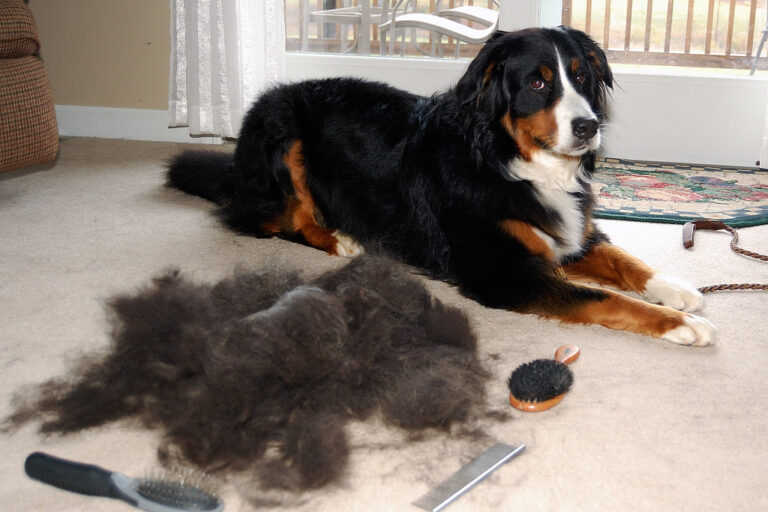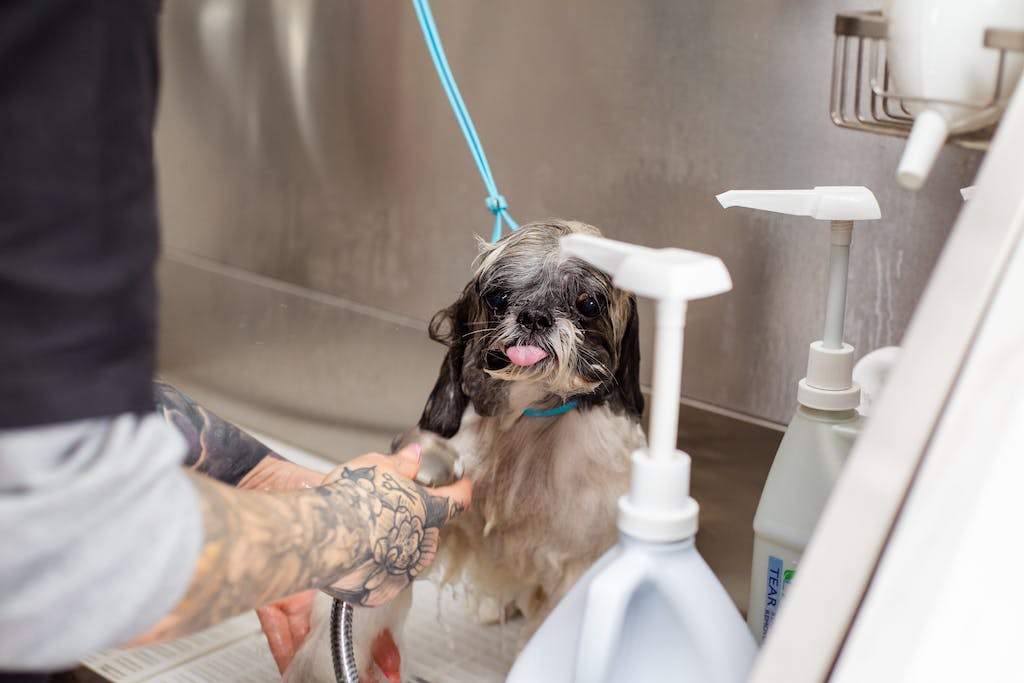How to Reduce Dog Shedding in House: Practical Tips and Strategies for Dog Owners

Are you tired of constantly cleaning up after your furry friend? Dog shedding can be a major source of frustration for many pet owners, but the good news is that there are practical tips and strategies you can use to minimize shedding in your home. In this comprehensive guide, we will explore the reasons behind dog shedding, provide tips for reducing it, and offer advice on cleaning and maintenance to keep your living space cleaner and more comfortable.
Understanding Dog Shedding
Before we dive into the tips and strategies for reducing dog shedding, it’s important to understand why dogs shed in the first place. Shedding is a natural process for dogs and is influenced by factors such as breed, age, and overall health. Dogs shed to get rid of old or damaged hair and to regulate their body temperature. Additionally, different breeds have different types of coats and shedding patterns, which can impact the amount of shedding you experience in your home.
Types of Dog Coats and Shedding Patterns
There are three main types of dog coats: smooth, double, and wire. Each type of coat sheds differently, with some breeds shedding more than others. Smooth-coated breeds, such as Dalmatians and Beagles, have short, sleek hair that is relatively easy to manage. Double-coated breeds, like Huskies and Golden Retrievers, have a soft undercoat and a coarser topcoat, resulting in more shedding. Wire-coated breeds, such as Terriers, have a rough, wiry outer coat that sheds minimally.
Understanding your dog’s coat type and shedding pattern can help you tailor your shedding control strategies to be more effective.
Tips for Minimizing Dog Shedding
Now that we have a better understanding of why dogs shed and the different types of coats they have, let’s explore some practical tips for reducing shedding in your home.
- Proper Grooming Techniques
- Regular brushing: Brushing your dog’s coat regularly can help remove loose and dead hair before it ends up on your furniture and floors. The frequency of brushing will depend on your dog’s coat type, with double-coated breeds requiring more frequent brushing.
- Bathing: Regular baths can help keep your dog’s coat clean and healthy, reducing shedding. Use a gentle, dog-specific shampoo and be sure to thoroughly rinse your dog’s coat to prevent skin irritation.
- Diet and Nutrition for Healthy Coat
- A balanced diet: Providing your dog with a high-quality, balanced diet can promote a healthy coat and reduce shedding. Look for dog food that contains essential fatty acids, such as omega-3 and omega-6, which are important for skin and coat health.
- Supplements: In some cases, adding supplements such as fish oil or flaxseed oil to your dog’s diet can help improve coat condition and reduce shedding.
- Managing Environmental Factors
- Regular vacuuming: Vacuuming your home frequently can help remove loose hair from your floors and furniture, reducing the amount of hair that accumulates.
- Air purifiers: Using an air purifier can help reduce the amount of pet dander and hair in the air, leading to less shedding-related allergens in your home.
- Using the Right Tools for Shedding Control
- Shedding tools: Invest in high-quality shedding tools, such as deshedding brushes and grooming gloves, to effectively remove loose hair from your dog’s coat.
By implementing these tips, you can effectively minimize shedding in your home and keep your living space cleaner and more comfortable.
Cleaning and Maintenance
In addition to implementing shedding control strategies, it’s important to stay on top of cleaning and maintenance to manage shedding in your home.
- Tips for Keeping the Home Clean
- Use washable covers: Cover your furniture and bedding with washable covers to easily remove pet hair and dander.
- Regular washing: Wash your dog’s bedding, as well as your own, regularly to remove hair and dander.
- Strategies for Removing Pet Hair
- Lint rollers: Keep lint rollers on hand to quickly remove pet hair from clothing and upholstery.
- Vacuum attachments: Use vacuum attachments specifically designed for pet hair removal to effectively clean furniture and other surfaces.
By incorporating these cleaning and maintenance tips into your routine, you can effectively manage shedding in your home and maintain a cleaner living space.
Conclusion
In conclusion, shedding is a natural process for dogs, but it can be managed with the right strategies and techniques. By understanding your dog’s coat type and shedding pattern, implementing proper grooming techniques, managing environmental factors, and staying on top of cleaning and maintenance, you can effectively reduce shedding in your home and keep your living space cleaner and more comfortable for both you and your furry friend.
Remember, shedding is a normal part of owning a dog, but with the right approach, you can minimize its impact on your home and enjoy a cleaner, more comfortable living environment.
